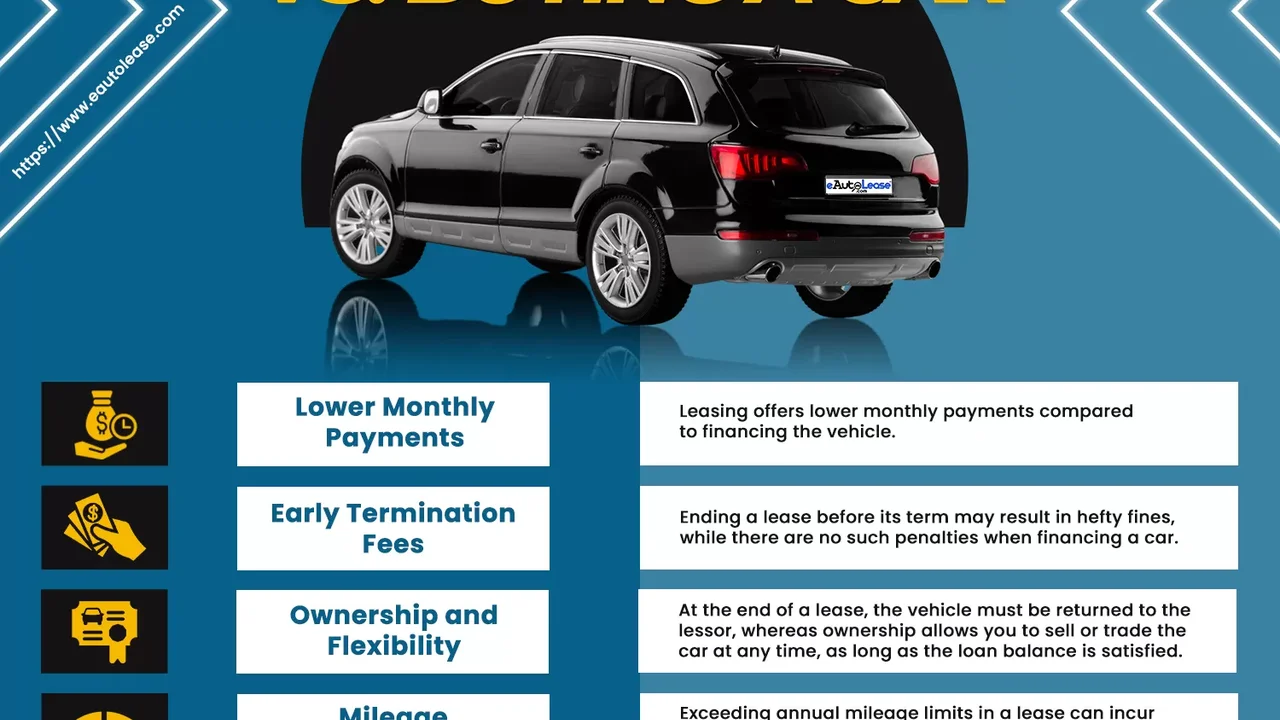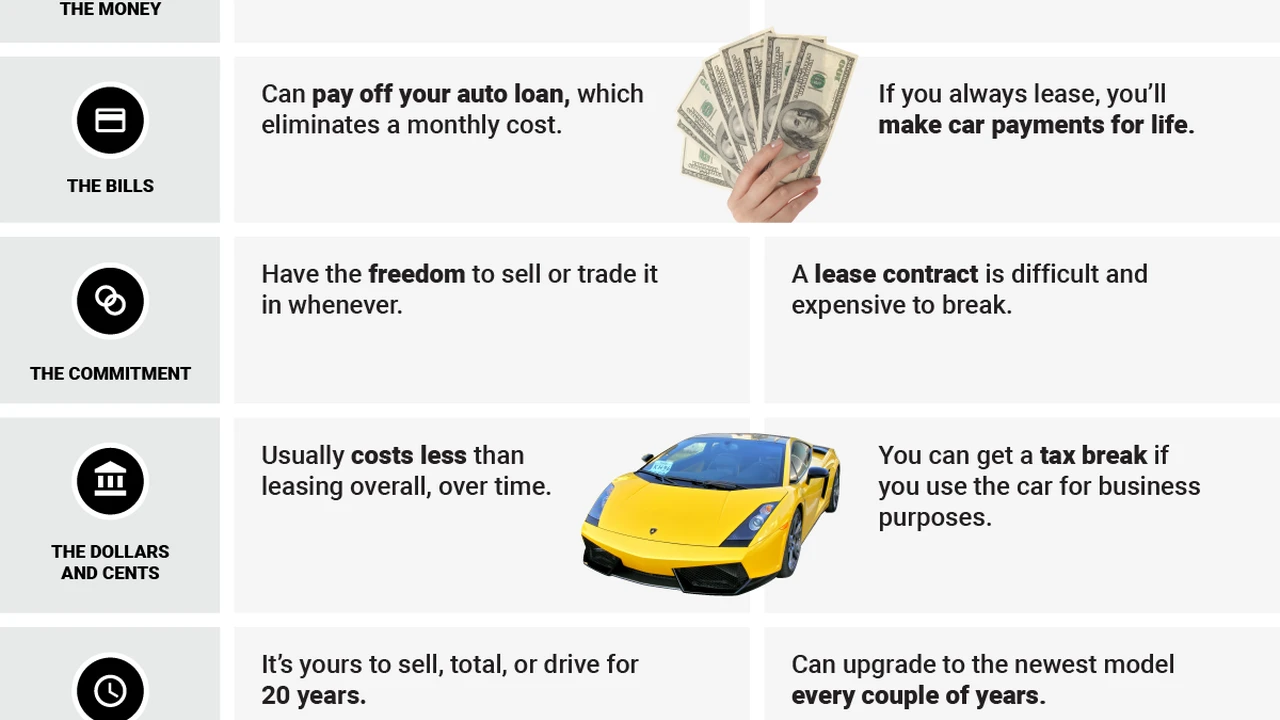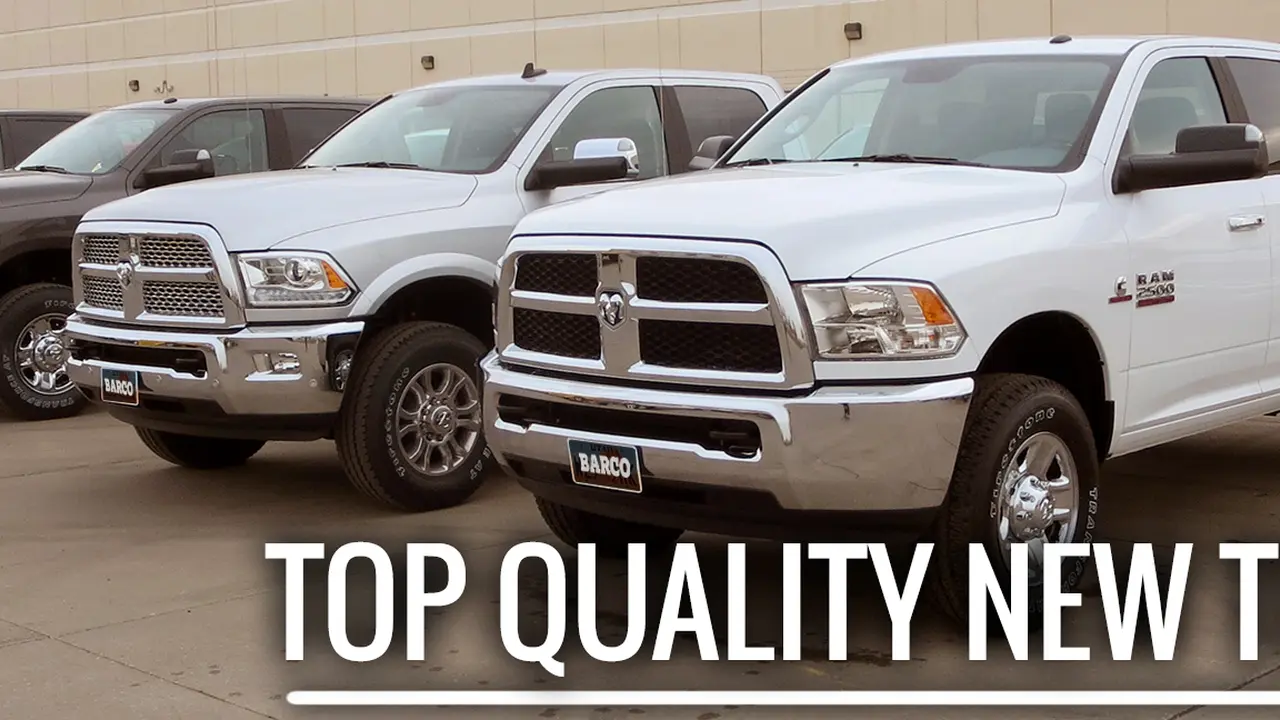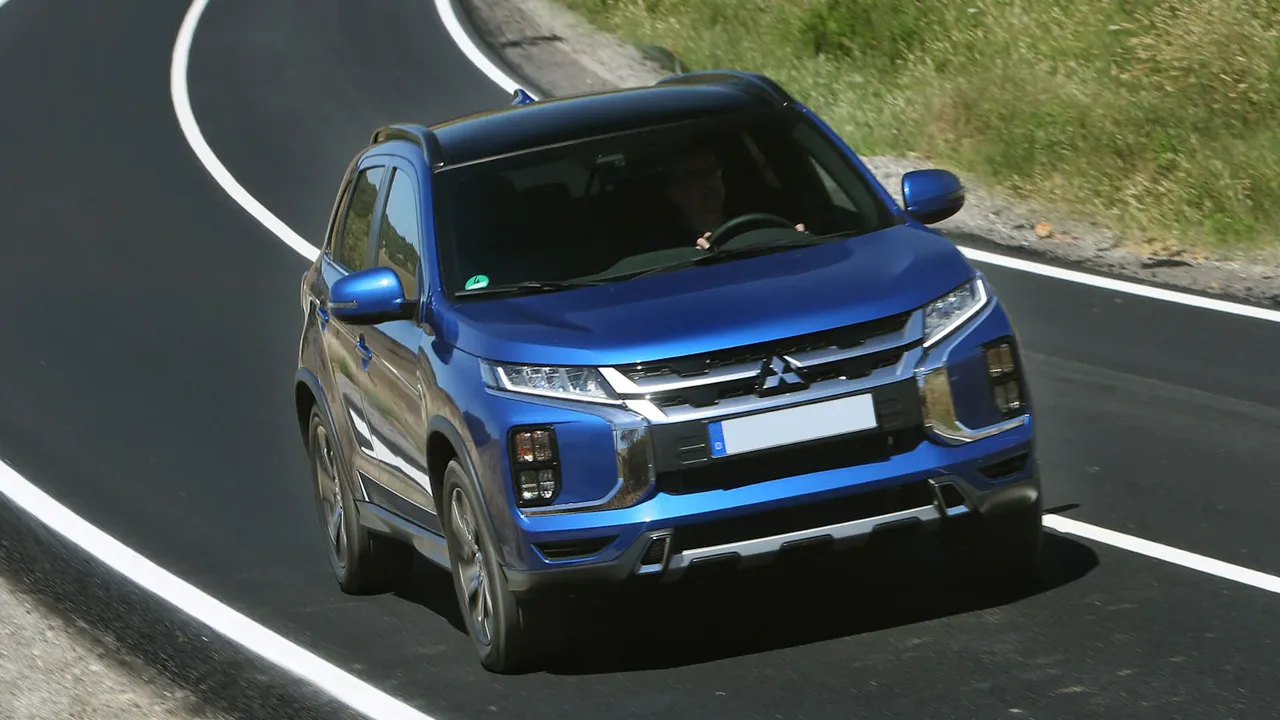Borrowing a Car vs. Leasing

Understanding Your Car Access Options: Borrowing and Leasing
Okay, so you need a car. Maybe your old clunker finally gave up the ghost, or you've just moved somewhere that public transport is, well, let's just say "not ideal." But you're staring down the barrel of car ownership and thinking, "Eek! Big commitment!" That's totally understandable. Luckily, you've got options beyond buying outright. Two popular ones are borrowing a car (think car sharing or renting) and leasing. But which one is right for you? Let's dive in and break down the differences, the pros, the cons, and even some real-world examples to help you decide.
Car Sharing and Car Rental: The Short-Term Borrowing Advantage
First, let's clarify what we mean by "borrowing." We're talking about short-term access to a vehicle. This primarily covers car sharing services like Zipcar, Turo (peer-to-peer car rental), and traditional car rental companies like Hertz, Avis, and Enterprise. The key here is flexibility and short-term commitment.
When Borrowing a Car Makes Sense: Ideal Usage Scenarios
Borrowing really shines in specific situations. Think about these:
- Occasional Use: Do you only need a car a few times a month for errands, weekend trips, or visiting family? Borrowing is perfect.
- Trying Before You Buy: Interested in a specific car model but not ready to commit? Rent it for a weekend and see how you like it.
- Travel: Flying into a new city? Renting a car at the airport is a no-brainer.
- Special Occasions: Need a truck for a home improvement project or a minivan for a family outing? Borrowing allows you to access vehicles you wouldn't normally own.
- Avoiding Depreciation and Maintenance: You don't have to worry about the car losing value or paying for repairs – that's on the rental company or car sharing platform.
- Urban Living: Parking in cities is a nightmare (and expensive!). Borrowing eliminates the need for a parking space.
Comparing Car Sharing Platforms: Zipcar vs. Turo
Let's look at two popular car sharing options:
- Zipcar: A membership-based service with cars parked in designated locations. You reserve a car online or through the app, unlock it with your Zipcard, and drive. Gas and insurance are typically included in the hourly or daily rate. Zipcar is great for short trips and errands in urban areas.
- Turo: A peer-to-peer car rental marketplace. You rent cars directly from individual owners. This often offers a wider variety of vehicles and potentially lower prices than traditional rental companies. However, you'll need to coordinate pick-up and drop-off with the owner, and insurance coverage can vary.
The Cost of Borrowing: Rental Rates and Hidden Fees
Rental rates vary wildly depending on the type of car, the location, the rental duration, and the company. Here's a rough idea:
- Economy Car (daily): $30 - $60
- SUV (daily): $50 - $100
- Luxury Car (daily): $100+
Important! Always factor in these potential extra costs:
- Insurance: Do you need to purchase additional insurance coverage?
- Gas: Is gas included, or do you need to fill up the tank before returning the car?
- Mileage Limits: Are there mileage restrictions, and what's the cost per mile if you exceed them?
- Late Fees: Be sure to return the car on time to avoid hefty late fees.
- Cleaning Fees: Return the car in good condition to avoid cleaning charges.
- Airport Fees: Renting at the airport often comes with additional fees.
Car Leasing: The Long-Term Alternative to Ownership
Leasing is essentially a long-term rental agreement. You're paying for the use of the car for a specific period (usually 2-3 years) and mileage limit. At the end of the lease, you return the car to the dealership.
Why Consider a Car Lease: Weighing the Advantages
Leasing can be attractive for several reasons:
- Lower Monthly Payments: Lease payments are typically lower than loan payments for the same car because you're only paying for the depreciation during the lease term.
- Driving a New Car: You get to drive a new car every few years, with the latest features and technology.
- Warranty Coverage: Most leases are structured so that the car is always under warranty, minimizing repair costs.
- Avoiding Depreciation: You don't have to worry about the car losing value over time.
- Tax Advantages (for businesses): Businesses may be able to deduct lease payments as a business expense.
The Downsides of Leasing: Mileage Limits, Wear and Tear, and Early Termination
However, leasing also has its drawbacks:
- Mileage Limits: Leases come with mileage limits (e.g., 12,000 miles per year). Exceeding these limits can result in hefty per-mile charges.
- Wear and Tear: You're responsible for maintaining the car in good condition. Excessive wear and tear (e.g., dents, scratches) can result in charges at the end of the lease.
- Early Termination Fees: Breaking a lease early can be very expensive.
- No Equity: You don't own the car at the end of the lease. You're essentially just renting it.
- Potentially Higher Total Cost: Over the long term, leasing can be more expensive than buying, especially if you tend to keep cars for many years.
Popular Lease Options: Examples and Pricing
Here are a few popular lease options and their approximate monthly payments (these are estimates and can vary based on credit score, location, and dealer incentives):
- Honda Civic: A reliable and fuel-efficient compact car. Lease payments typically range from $250 - $350 per month.
- Toyota RAV4: A popular SUV with plenty of cargo space. Lease payments typically range from $300 - $450 per month.
- BMW 3 Series: A sporty and luxurious sedan. Lease payments typically range from $450 - $600 per month.
Understanding Lease Terms: Residual Value, Money Factor, and Capitalized Cost
Lease agreements can seem complicated, but understanding these key terms can help you negotiate a better deal:
- Residual Value: The estimated value of the car at the end of the lease term. A higher residual value means lower monthly payments.
- Money Factor: The interest rate on the lease, expressed as a decimal. Multiply the money factor by 2400 to get the approximate annual interest rate.
- Capitalized Cost: The negotiated price of the car. This is the starting point for calculating your lease payments.
Borrowing vs. Leasing: A Detailed Comparison Table for Informed Decision-Making
Let's summarize the key differences in a table:
| Feature | Borrowing (Car Sharing/Rental) | Leasing |
|---|---|---|
| Commitment | Short-term | Long-term (2-3 years) |
| Cost | Pay-per-use | Fixed monthly payments |
| Mileage | Mileage limits often apply, but can be flexible | Strict mileage limits |
| Maintenance | Typically covered by rental company/car sharing platform | Your responsibility |
| Ownership | No ownership | No ownership |
| Flexibility | Highly flexible | Less flexible |
| Insurance | Often included, but may require additional coverage | Your responsibility |
Real-World Scenarios: Choosing the Right Option Based on Your Lifestyle and Needs
Let's consider a few scenarios to illustrate when borrowing or leasing might be the better choice:
- Scenario 1: Sarah lives in a city and works from home. She only needs a car a few times a month for errands and the occasional weekend trip. Borrowing (car sharing) is likely the best option for Sarah.
- Scenario 2: John drives 30,000 miles per year for work. He wants to drive a new car every few years but doesn't want to deal with the hassle of selling it. Buying a car is the best option for John. Leasing would likely be too expensive due to the high mileage.
- Scenario 3: Maria wants to drive a new SUV but can't afford the down payment and monthly payments of a car loan. She only drives 10,000 miles per year. Leasing might be a good option for Maria.
The Future of Car Access: Subscription Services and Emerging Trends
The way we access cars is evolving. Car subscription services are becoming increasingly popular. These services offer a flat monthly fee that covers the car, insurance, maintenance, and sometimes even gas. They offer more flexibility than leasing but can be more expensive.
Beyond Traditional Options: Exploring Alternatives for Car Access Flexibility
Don't forget to consider other alternatives like:
- Public Transportation: If available, public transportation can be a cost-effective and environmentally friendly option.
- Biking: For short trips, biking is a great way to get exercise and save money.
- Walking: Walking is free and good for your health!
- Ride-Sharing Services (Uber/Lyft): For occasional trips, ride-sharing services can be a convenient alternative to owning a car.
Making the Right Choice: Considering Your Budget, Needs, and Preferences
Ultimately, the best way to decide whether to borrow or lease a car is to carefully consider your individual needs, budget, and preferences. Do your research, compare options, and don't be afraid to negotiate. Good luck!
:max_bytes(150000):strip_icc()/277019-baked-pork-chops-with-cream-of-mushroom-soup-DDMFS-beauty-4x3-BG-7505-5762b731cf30447d9cbbbbbf387beafa.jpg)






